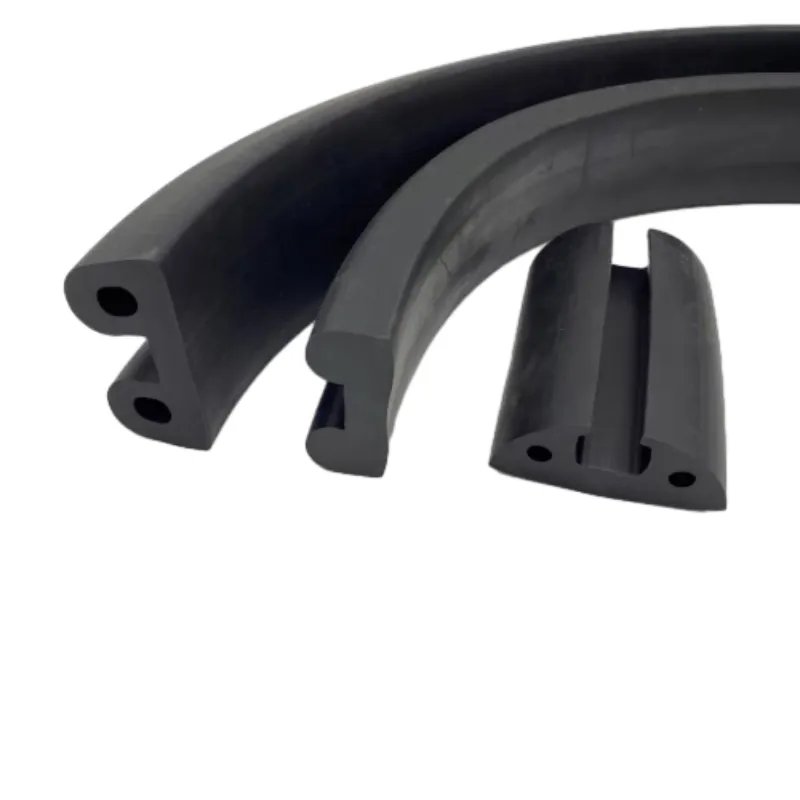Choosing the Right Thickness for PVC Edge Banding Solutions
Understanding PVC Edge Banding Thickness
PVC edge banding has become an essential component in modern furniture manufacturing and interior design. Its primary function is to cover the exposed edges of materials such as particleboard, MDF (medium-density fiberboard), and plywood, enhancing both aesthetics and durability. One key aspect that manufacturers and consumers should consider is the thickness of the PVC edge banding, which significantly impacts the material's effectiveness and suitability for various applications.
What is PVC Edge Banding?
PVC edge banding is made from polyvinyl chloride, a versatile plastic used in various industries due to its durability, flexibility, and resistance to moisture and chemicals. The edge banding usually comes in rolls or strips and can be easily applied to the edges of furniture panels to provide a finished look. It is available in various colors, textures, and finishes, making it a popular choice for contemporary designs.
Importance of Thickness
The thickness of PVC edge banding typically ranges from 0.4mm to 3mm, and each thickness serves different purposes. Thinner edge banding, around 0.4mm to 0.8mm, is often used for lightweight applications and in situations where the aesthetics of the edge are more important than the durability. These thin strips are less visible and create a seamless transition between surfaces, making them ideal for minimalist designs.
On the other hand, thicker edge banding, ranging from 1mm to 3mm, provides greater protection against impact, moisture, and wear. Thicker banding is particularly useful in high-traffic areas or when dealing with heavy-duty furniture that requires additional protection. These thicker strips can withstand the rigors of everyday usage without chipping or peeling, ensuring the longevity of the furniture piece.
Application Techniques
pvc edge banding thickness

Applying PVC edge banding requires careful consideration of the thickness. Thicker banding typically needs more precise machines for application, as it must be heated to ensure proper adhesion to the substrate. Most manufacturers use hot melt adhesive, which provides a strong bond when cool, ensuring that the banding remains securely attached.
For DIY projects or smaller furniture pieces, adhesives like contact cement or double-sided tape can work well with thinner edge banding. It's crucial to choose the right application method based on the banding's thickness and the intended use of the furniture.
Aesthetics and Texture
In addition to thickness, the texture and finish of the PVC edge banding play a crucial role in the overall appearance of the furniture. Glossy finishes tend to reflect light and can enhance the vibrancy of colors, making them an excellent choice for modern and contemporary designs. Conversely, matte finishes offer a softer, more understated look that appeals to traditional styles.
Textures also vary, with options including wood grain designs that imitate real wood, providing a warm, natural feel without the cost and maintenance associated with real wood. By choosing the appropriate thickness and texture, designers and manufacturers can significantly enhance the aesthetic appeal of their products.
Conclusion
In conclusion, the thickness of PVC edge banding is a vital consideration in furniture manufacturing and design. With options available to suit various needs—from aesthetics to durability—it's important to choose the right thickness for the intended application. Whether opting for thinner banding for a sleek look or thicker banding for added protection, understanding the implications of thickness can lead to better-quality furniture that satisfies both functional and aesthetic requirements. As trends in interior design continue to evolve, PVC edge banding will remain an integral part of creating stylish and enduring furniture solutions.
-
Under Door Draught Stopper: Essential ProtectionNewsJul.31,2025
-
Garage Door Seal and Weatherstrips for ProtectionNewsJul.31,2025
-
Edge Banding Tape for Perfect EdgesNewsJul.31,2025
-
Table Corner Guards and Wall Corner ProtectorsNewsJul.31,2025
-
Stair Nose Edging Trim and Tile Stair SolutionsNewsJul.31,2025
-
Truck Bed Rubber Mats for Pickup BedsNewsJul.31,2025
-
Window Weather Stripping for Noise ReductionNewsJul.29,2025